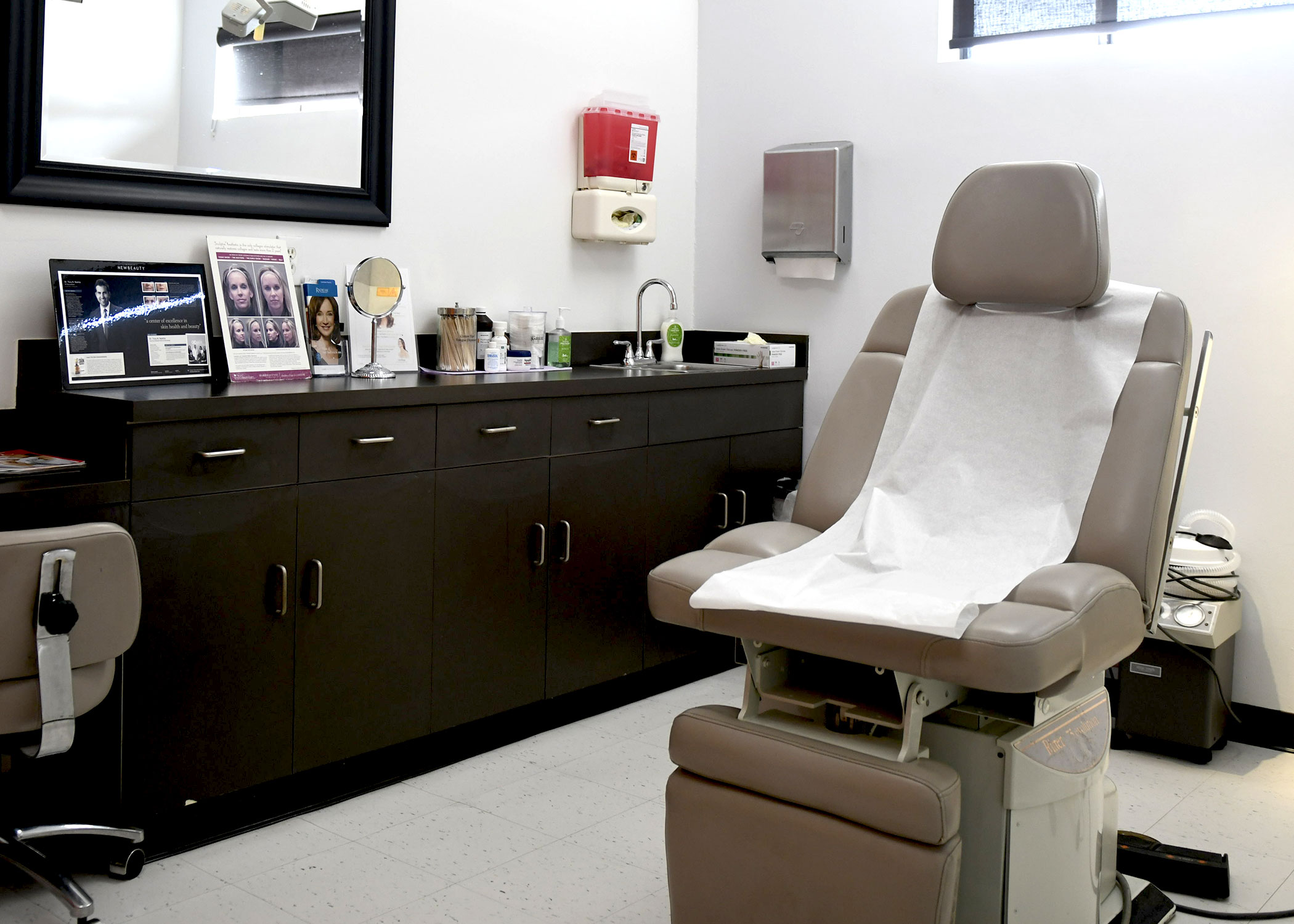A biopsy is performed to remove tissue or cells from the body so it can be studied by a pathologist. Cells or tissue are removed from the area that a skin cancer dermatologist may be concerned about and wants further testing completed for proper diagnosing.
Types of Biopsies Performed in Our Orange County Dermatology Offices
Your dermatologist will determine how the biopsy is performed. We currently offer several ways to perform a biopsy:
- Curettage Biopsy - A lesion is scraped off by using an instrument with a sharp spoon-like shape.
- Fine Needle Aspiration - A tissue sample or fluid is taken from the lesion using a fine needle.
- Sentinel Lymph Node Biopsy - A surgical procedure that removes the lymph node tissue to search for cancer. It also determines if a known cancer has spread to other organs.
- Shave Biopsy - A thin layer is shaved from the top of lesion.
- Punch Biopsy - A circular shaped knife is used to remove a section through all layers of the lesion.
- Excisional Biopsy - A scalpel is used to remove all of the lesion.
- Incisional Biopsy - A scalpel is used to remove a small sample of a large lesion.
What To Expect After The Biopsy
A patient can expect the surgical area to be sore a few days. Your dermatologist will advise you of any activities you may or may not do while recovering. If the biopsy required stitches, you will be advised of when the stitches will be removed. You may have a one week follow-up appointment scheduled afterwards. If any medication is needed for recovering, the doctor will let you know.
The tissue or cells from your biopsy will be studied further by the pathologist. Sometimes it can take one to two weeks before the results come back.
Contact our dermatologists, at any one of our Orange County dermatology offices, to learn more about our biopsy procedures, as well as to schedule a consultation.

